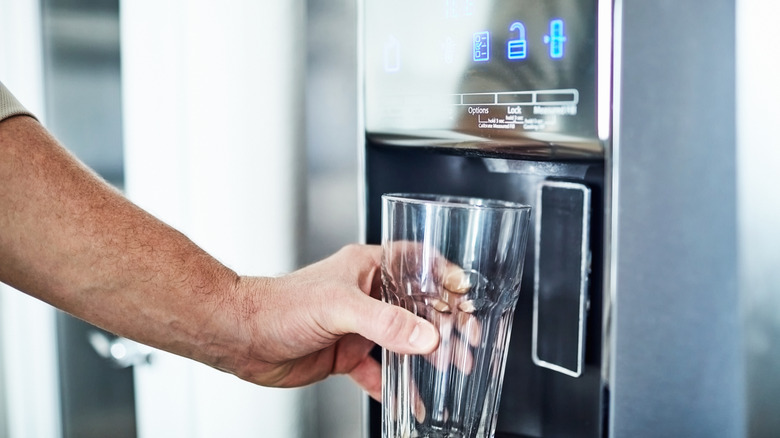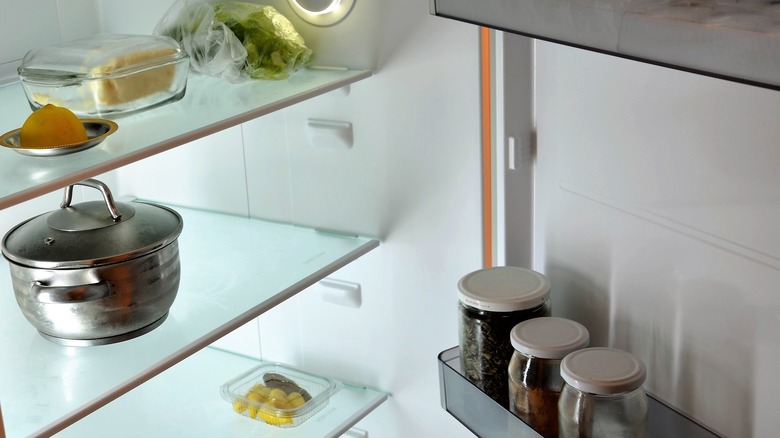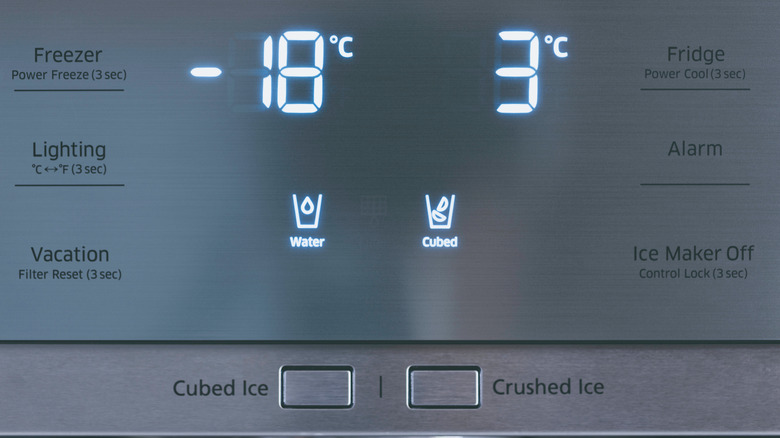Why Your Refrigerator Water Isn't Cold (And How To Fix It)
Ah, those sweltering hot days when the heat is practically beating down on your roof, and all you crave is the unparalleled relief of a glass of fresh, cold water. But picture the overwhelming disappointment when you press the button on your fridge water dispenser, and the water trickling into your glass is tepid at best. Why is my refrigerator water coming out warm, you ask? Several perpetrators lie in wait. Maybe your fridge isn't fully stocked, or the coiled tubes just can't meet the water demands. Perhaps your water dispenser has been lying dormant for some time, or your refrigerator has just been installed and is still acclimating to its new environment.
Unmasking the likely cause demands unleashing your private investigator skills. But why stop at merely unraveling the mystery when you can let your inner handyman step in and embark on the gratifying venture of performing household repairs by yourself? You see, doing so doesn't just afford an immense sense of achievement. You could also be dodging a bullet when it comes to refrigerator repair costs, which can set you back a manageable $40 to a daunting four-figure sum (per Angi). The silver lining, though, is that most tweaks to rectify warm water coming out from a fridge dispenser wouldn't necessarily lead to a hefty expense. All you could require is some patience and a dash of elbow grease.
Why is the water from your refrigerator not cold?
The lukewarm disappointment from the water dispenser could have everything to do with the inventory in your fridge. While you might relish your minimalist, clean-fridge aesthetics, here's the kicker: A barren fridge has to work twice as hard to maintain that arctic chill when it's not well-stocked. Fewer items inside means more space to cool down, leaving your fridge slogging to keep up. This struggle affects not only the frosty air within the fridge but also the very water it's supposed to cool. Perhaps your fridge's water dispenser has been relegated to the supporting cast of home appliances. When the dispenser is neglected and idle, the usually ice-cold water might feel like it's just emerged from a warm blanket. That's because the residual water in the coiled tubing or fridge reservoir lost the battle against room temperature.
There's more. Now, imagine a scenario where you unwittingly connect your fridge to the hot water supply. You'll be sipping on some warm, stale water then — a reminder of your mistake. Or perhaps you've depleted the fridge's reservoir. If, for instance, the tank holds around 0.2 gallons, chugging down two or three glasses of water could render it empty and gasping. In the event your fridge water is hot after changing the filter, you might have unintentionally overcrowded its real estate. Shoving the unit too far back against the wall might turn the area behind it into a mini furnace with soaring temperatures.
Fixes for warm water coming out of your fridge dispenser
Ah, the thrill of buying a new refrigerator. However, hold off your anticipation of that glass of chilled water. The unit needs an initiation period of at least 12 hours, letting the water in the dispenser get the cool vibe of the interior. Craving a quicker chill? You could nudge the temperature just a smidge below 39 degrees Fahrenheit. Now, if your fridge's water reservoir has run dry, time is needed for all the water in the tank to hit the chilly spot. Just guzzled a ton of water from the dispenser? Restrain your quench for 30 minutes to one hour before indulging again. For a fridge dispenser that hasn't seen action lately, a good flush — think six glasses— should be enough to renew the supply with more chilled water.
Stocking up your fridge might sound pricey, but how about you get creative? A few gallons of water are a budget-friendly option. The whole idea is to give your fridge some mass. But remember, an overstuffed fridge can choke the airflow to the freezer vents, triggering bacterial contamination and component burnouts in the fridge. The sweet spot is 3/4 full. If your water runs warm post-filter replacement, check if the fridge is too far back against the wall. Otherwise, ensure proper connections of cold and hot water supply. And if all your efforts prove futile, enlist the help of a professional — at least you've given it your best shot.


